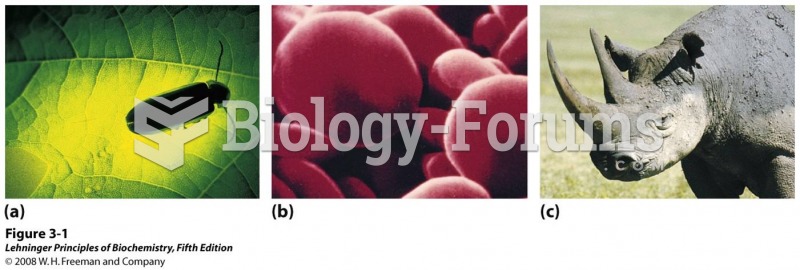Answer to Question 1
Punishment is any action designed to deprive a person of things of value (including liberty) because of some offense the person is thought to have committed. Historically, punishment has had four major goals.
(1) Retribution is punishment that a person receives for infringing on the rights of others. It imposes a penalty on the offender and is based on the premise that the punishment should fit the crime: The greater the degree of social harm, the more the offender should be punished. (2) General deterrence seeks to reduce criminal activities by instilling a fear of punishment in the general public. However, we most often focus on specific deterrence, which inflicts punishment on specific criminals to discourage them from committing future crimes. Recently, criminologists have debated whether imprisonment has a deterrent effect, given the fact that high rates of those who are released from prison become recidivists (previous offenders who commit new crimes). (3) Incapacitation is based on the assumption that offenders who are detained in prison or are executed will be unable to commit additional crimes. This approach is often expressed as lock them up and throw away the key In recent years, more emphasis has been placed on selective incapacitation, which means that offenders who repeat certain kinds of crimes are sentenced to long prison terms. (4) Rehabilitation seeks to return offenders to the community as law-abiding citizens by providing therapy or vocational or educational training. Based on this approach, offenders are treated, not punished, so that they will not continue their criminal activity. However, many correctional facilities are seriously understaffed and underfunded in the rehabilitation programs that exist. The job skills (such as agricultural work) that many offenders learn in prison do not transfer to the outside world, nor are offenders given any assistance in finding work that fits their skills once they are released. Other approaches have also been advocated for dealing with criminal behavior. Key among these is the idea of restoration, which is designed to repair the damage done to the victim and the community by an offender's criminal act. This approach is based on the restorative justice perspective, which states that the criminal justice system should promote a peaceful and just society; therefore, the system should focus on peacemaking rather than on punishing offenders.
Answer to Question 2
In agrarian societies, gender inequality and male dominance become institutionalized.
Because agrarian tasks require more labor and greater physical strength than in other
societies, men become more involved in food production. As societies industrialize, the
status of women tends to decline further. Industrialization in the United States created
a gap between the nonpaid work performed by women at home and the paid work that
increasingly was performed by men and unmarried girls. Men were responsible for
being breadwinners women were seen as homemakers.. In postindustrial societies,
the division of labor in paid employment is increasingly based on whether people
provide or apply information or are employed in service jobs such as fast-food
restaurant counter help or health care work. Formal education is increasingly critical
for economic and social success.







